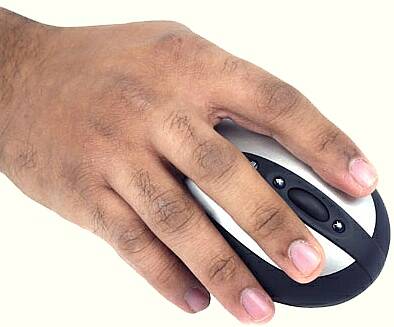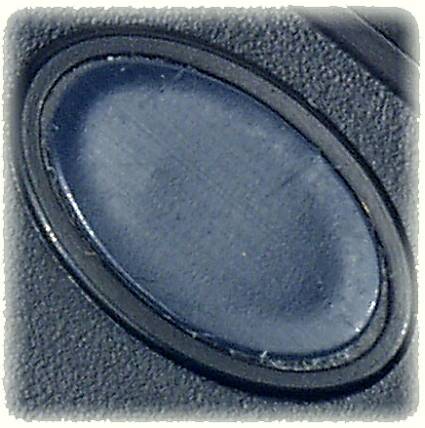Logitech MX Mice: The Weapon for Quakers!
Scientific Test - Only The Results Count
These technological factors are all very fine and gave us some brain work, but figures on their own are no more than marketing hype. The only real conclusion to draw from them is that the new sensor should be faster and more precise. So we put it to a very stringent test using the most advanced measuring technique in the world: the hand of a crazy Quaker. Just like Logitech, I can scientifically prove to you that the hand of our local champion Roland has a faculty for acceleration (g), speed (m/s) and precision (msi or move/ stop per inch) much greater than any other. The hand of Roland beats mine hollow every time we play at Unreal Tournament.
The verdict of our test hand is final. The new MX sensor is faster and more precise. For responsiveness, lag and speed, it cannot, it's true, catch out Roland's weapon. So there is no need for more responsiveness and speed, but there is a definite difference with the earlier Logitech mice, which were not without their defects. As for precision, it is the best of any mouse around at the moment. Determining whether this progress is an improvement will have to wait until the next generation of sensors becomes available. It is still the case that in games of action and even for applications which require precision (i.e., Photoshop), MX technology is way out in front. There is a bit of a downside, though. While this mouse copes with practically any color of surface, even a plain one, it cannot cope with one in relief; even a mat with a grid for mechanical mice drives this mouse crazy. So it's best to use a perfectly flat surface or, even better, a smooth mouse mat that will not hamper movement of the pads. It is on this point, rather than the sensor, that there is room for improvement. They have to be cleaned regularly and this wears them out. How about pads in titanium alloy?
Get Tom's Hardware's best news and in-depth reviews, straight to your inbox.
Current page: Scientific Test - Only The Results Count
Prev Page The Change To Megapixels Next Page Logitech MX 300
